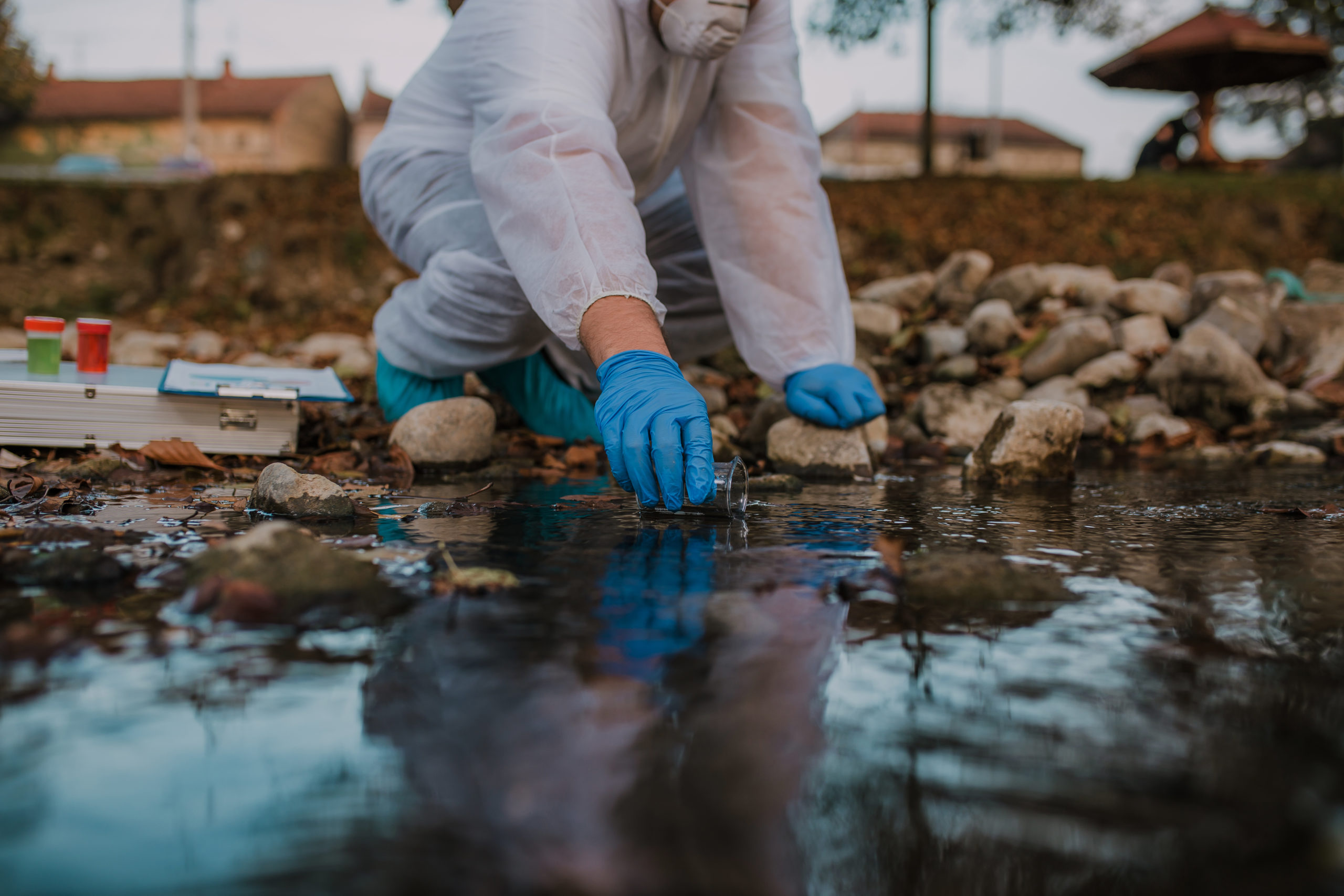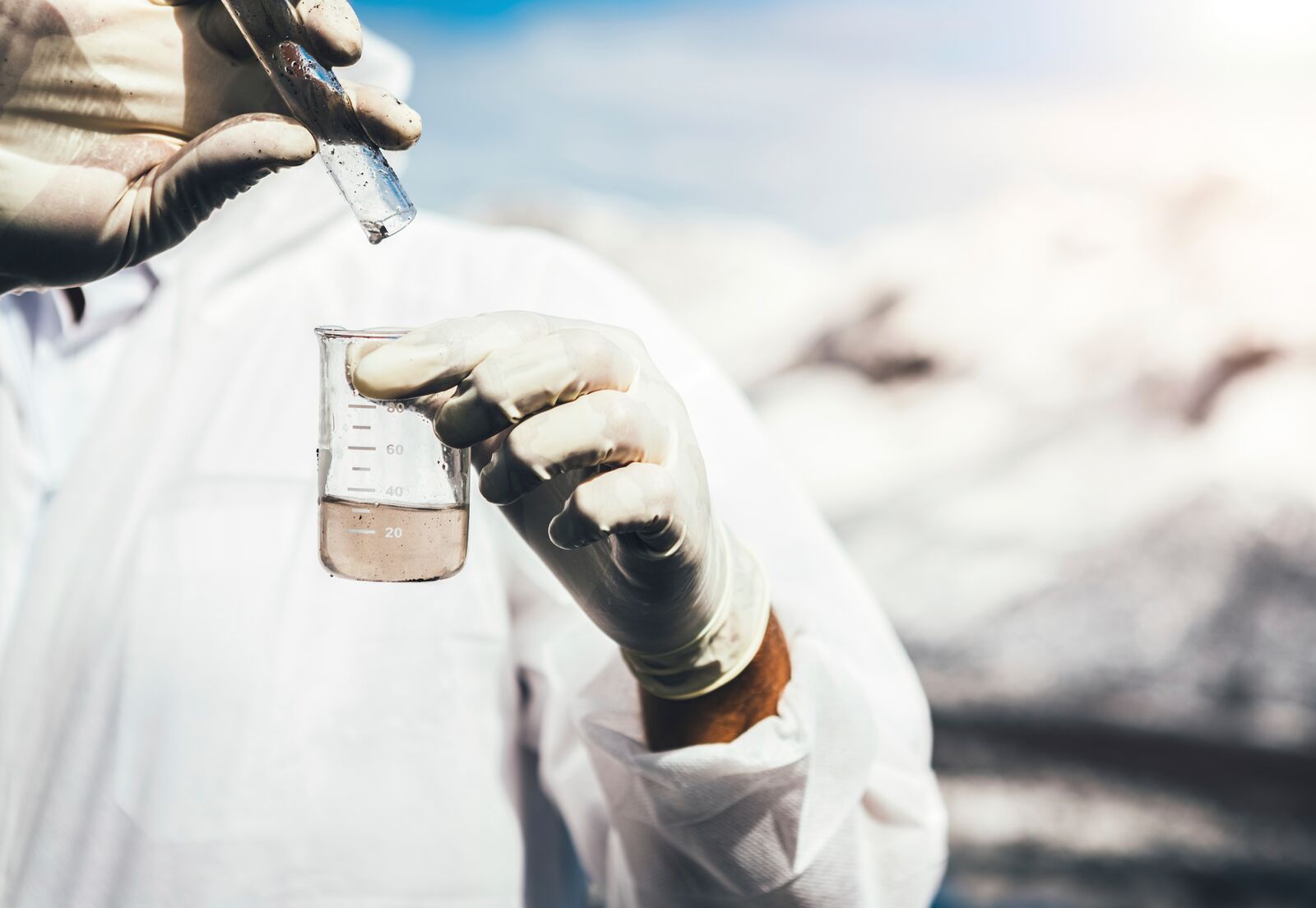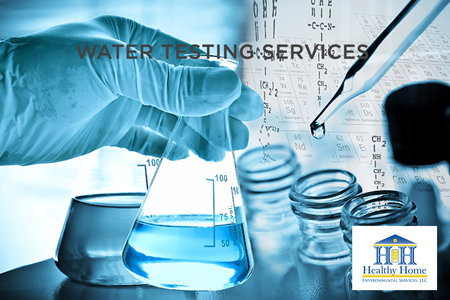Professional Well Water Testing Services: Obtain Accurate Results Quick
Professional Well Water Testing Services: Obtain Accurate Results Quick
Blog Article
Discover What Is Consisted Of in Water Examining and Just How It Makes Sure Safe Drinking Water
Understanding the ins and outs of water screening is pivotal in making certain the high quality and safety of our drinking water. Via a meticulous examination of physical, chemical, and microbiological facets, water testing determines potential contaminants that can position health threats.
Trick Components of Water Screening
Water testing is a crucial process that entails a number of essential elements to guarantee the security and top quality of alcohol consumption water. In addition, ensuring the pH equilibrium of water is crucial, as it affects the water's corrosiveness and the efficacy of sanitation procedures.
One more substantial component includes microbiological evaluation, where water examples are analyzed for the existence of microorganisms such as microorganisms, infections, and protozoa. This analysis is crucial to determine organic risks that could posture health and wellness threats if taken in. Furthermore, chemical evaluations are carried out to discover natural and inorganic materials, such as hefty metals, nitrates, and pesticides, that could be present in the water supply.

Finding Unsafe Contaminants
Identifying hazardous contaminants in drinking water is an essential aspect of securing public health and wellness. Each type of contaminant poses distinctive wellness risks, making their detection critical to ensure the water taken in by the public is safe.
Water screening for contaminants is generally conducted by regulatory agencies and water utilities, using a combination of field tasting and research laboratory evaluation. These assessments are developed to discover both normally occurring compounds and anthropogenic pollutants that may have entered the water system with farming overflow, industrial discharge, or maturing framework. Normal tracking is essential, as contamination levels can fluctuate because of ecological modifications, seasonal variants, or human activities.
The recognition of unsafe impurities informs required activities, such as water treatment interventions or public advisories, to reduce risks. Early discovery is vital to prevent damaging health and wellness impacts, ranging from intestinal health problems to long-lasting problems like cancer cells, therefore ensuring the proceeded safety and security of alcohol consumption water.

Chemical Analysis Strategies
In the realm of making sure secure drinking water, chemical analysis strategies play a critical duty in identifying and measuring impurities. These techniques are crucial for discovering a broad array of chemical substances, including hefty metals, pesticides, and industrial toxins, which can present substantial health threats.
Gas chromatography-mass spectrometry (GC-MS) is another critical method, especially for organic compounds. It separates complex mixes and recognizes volatile and semi-volatile organic substances, guaranteeing that pollutants like benzene and toluene are within risk-free limits. High-performance liquid chromatography (HPLC) is in a similar way used for non-volatile materials, including certain chemicals and pharmaceuticals.
Ion chromatography is employed to figure out focus of cations and anions, such as nitrates and sulfates, which are essential in assessing water high quality. These chemical evaluation strategies jointly make sure that drinking water continues to be risk-free by detecting discrepancies from developed purity norms, thus safeguarding public wellness. Making certain accuracy and accuracy reference in these tests is paramount to preserving the integrity of water safety analyses.
Microbiological Evaluating Approaches
Accurate microbiological screening is essential for securing public health by making certain that alcohol consumption water is devoid of damaging pathogens. This process involves spotting and identifying bacteria such as germs, infections, and protozoa that may infect water products. Typical pathogens consist of Escherichia coli, Giardia, and Cryptosporidium, each posturing substantial wellness dangers.
Numerous techniques are utilized in microbiological testing to identify these threats. The membrane layer purification strategy is often utilized, involving water travelling through a filter that catches microorganisms, which are then cultured to establish their existence and focus. Conversely, the multiple-tube fermentation method enables the quantification of coliform microorganisms making use of a collection of dilution and incubation actions.
Developments in technology have introduced molecular strategies such as polymerase chain reaction (PCR), which enables the quick and very certain detection of virus by enhancing their hereditary material. Enzyme-linked immunosorbent assays (ELISA) additionally provide a method to spot virus by identifying details proteins or antigens.
These differed methods are vital for extensive water top quality evaluation, making sure that water therapy procedures work and that circulation systems keep safety and security. By utilizing these microbiological testing methods, prospective carcinogen can be determined and reduced promptly.

Importance for Public Health
Making sure the microbiological security of drinking water straight influences public health and wellness by protecting against the spread of waterborne diseases. Pathogens such as bacteria, infections, and protozoa can bring about illnesses like cholera, dysentery, and stomach infections (Well water testing services). The application check of extensive water screening procedures is paramount in recognizing and minimizing these dangers, thus securing neighborhoods from prospective episodes
Regular water testing not just discovers microbial contaminants but likewise evaluates chemical and physical specifications that might influence health and wellness. Too much levels of nitrates or hefty metals such as lead can posture significant health dangers, particularly to at risk populaces like babies and pregnant females. By determining these threats early, water testing enables prompt treatments, guaranteeing the water remains within secure intake requirements.
Furthermore, water screening plays an important function in maintaining public self-confidence in metropolitan water systems. It provides transparency and responsibility, guaranteeing the public that their wellness is a concern. For policy manufacturers and health and wellness officials, the data stemmed from water testing informs decisions on infrastructure financial investments and public health and wellness methods, making certain sources are routed where they are most needed. In this method, water screening is crucial in promoting a much healthier, more secure society.
Final Thought
Water screening serves as an important system for making sure the safety and security and quality of alcohol consumption water with extensive evaluation of its physical, chemical, and microbiological residential properties. By finding harmful impurities, such as hefty metals and chemicals, and making use of advanced strategies like chromatography and spectrometry, water screening assists in the identification of prospective health and wellness dangers. The application of extensive screening protocols is important for maintaining conformity with safety and security requirements, inevitably protecting public health and wellness and enhancing self-confidence in municipal water systems.

By determining these threats early, water testing enables timely interventions, making sure the water supply stays within risk-free consumption requirements.
Water screening serves as an important system for ensuring the safety and security and quality of alcohol consumption water with detailed evaluation of its physical, chemical, and microbiological residential properties.
Report this page